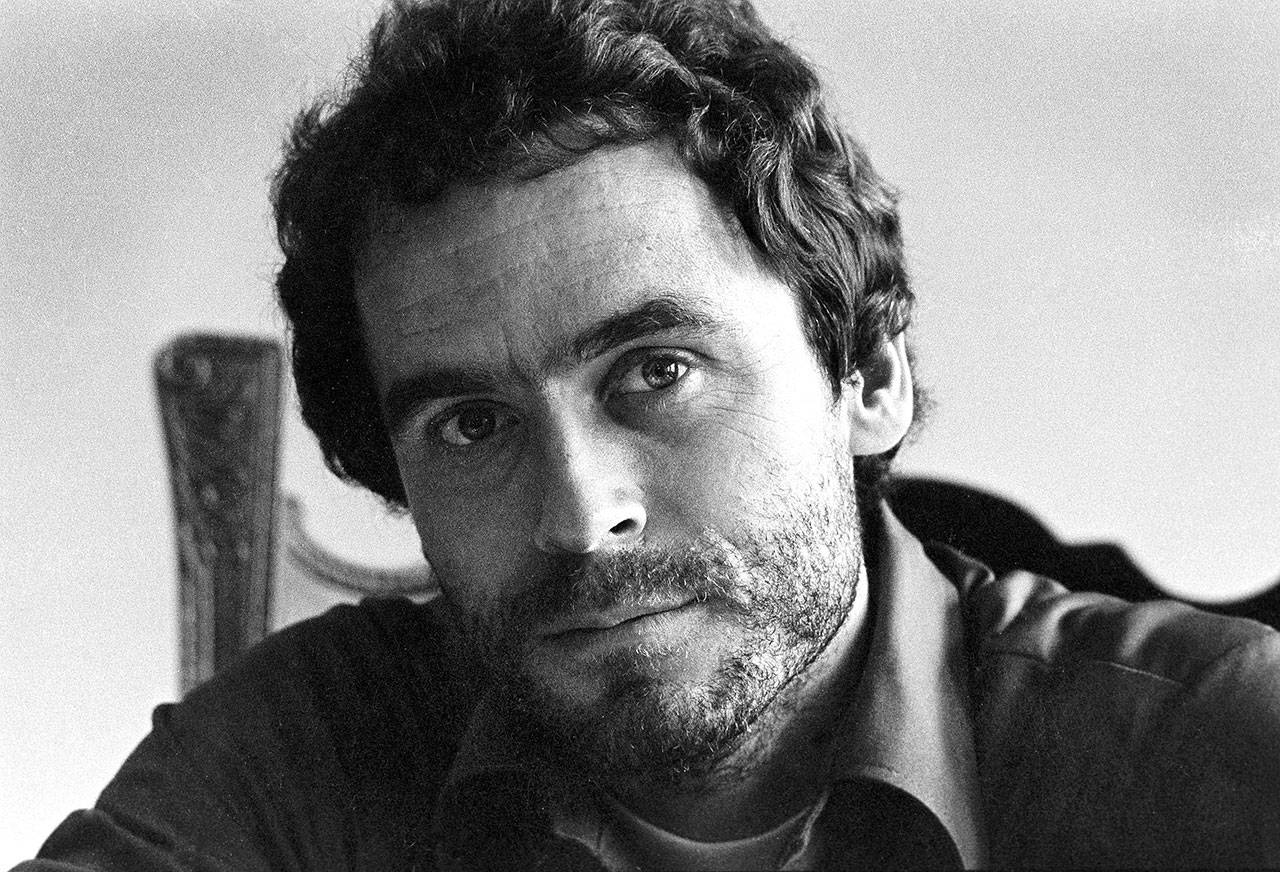Photographer Jerry Gay met Ted Bundy several years after the mystery of missing and murdered young women gripped the Northwest in the mid-1970s. Decades later, there’s still keen interest in pictures the Pulitzer Prize-winner took the day he spent three hours with the serial killer.
The 71-year-old Gay, who lives in Everett, met about a year ago with Alison O’Brien, a freelance documentary producer for CNN. Gay said he provided about 20 photos of Bundy for the sibling HLN channel’s series “How It Really Happened,” which will air the first of a four-part program about the killer at 8 p.m. Sunday. Gay hasn’t seen the completed project and doesn’t know which of his photos were used. HLN is owned by CNN.
Gay took the pictures in 1977 in Colorado, where Bundy was in custody on a murder charge. Earlier that year, Bundy had escaped by jumping from a courthouse window in Aspen. He was captured six days later.
Just weeks after Gay met him, on Dec. 30, 1977, Bundy escaped again, this time from the Garfield County Jail in Glenwood Springs, Colorado. Bundy’s killing rampage continued in Florida, where he was executed in 1989.
Gay, who then worked for The Seattle Times, was allowed access to Bundy after winning a 1975 Pulitzer Prize for spot news photography. His winning image, titled “Lull in the Battle,” showed four firefighters, exhausted after a house fire in Burien. A Snohomish County native and Edmonds High School graduate, Gay had also worked for The Everett Herald’s Western Sun edition from 1968 to 1972.
At the Everett home where he’s now a senior caregiver, Gay said Wednesday that during three hours with Bundy, he didn’t bring up the subjects of murder or escape. “He knew I worked for The Seattle Times,” said Gay, adding that he felt no fear for his safety.
“There wasn’t any judgment. I was just photographing a person named Ted. I was getting to know him, so he would feel comfortable with the camera,” Gay said. “I was wanting to know him for who he was, and not for what had happened.”
What had happened were killings dating to the early 1970s in the Puget Sound area, and perhaps even earlier. Investigators linked Bundy to at least 30 killings. There may have been dozens more.
By July 14, 1974, when Denise Naslund and Janice Ott disappeared from Lake Sammamish State Park on the same day, young women had gone missing from Seattle’s University District, and areas around college campuses in Olympia, Ellensburg, and Corvallis, Oregon.
Chilling news reports of a good-looking man witnesses said had introduced himself as “Ted” at Lake Sammamish are burned into my memory. In 1974, I was a University of Washington student. Ted — the mystery man with his arm in a sling, the clean-cut guy with a Volkswagen Beetle and a line about needing some help — was on everyone’s mind in this region.
By 1977, the disappearances of young women had stopped in the Northwest. There were multiple cases of missing or murdered young women in Utah and Colorado. Gay, who once served as president of the National Press Photographers Association, said he was driving to a conference when a Seattle Times reporter asked him to photograph Bundy in custody in Colorado.
Police kept his camera bag while he was locked in a room with Bundy. The room was one where an inmate might meet with an attorney, Gay recalled.
“I took all kinds of pictures, from casual with him holding a soda to reading a book,” he said. Bundy, who had attended some law school classes, at times acted as his own attorney.
“I told him ‘Thank you, Ted’ and I left,” Gay said. “Three weeks later, he escaped from Colorado and started this rampage all the way to Florida.”
Years later, Gay said he visited the Tacoma home of Bundy’s mother and stepfather. He said he wanted to give them the photos, but left when Louise Bundy yelled at him to go after the stepfather had invited him in.
The HLN broadcast will air in four parts, starting with “The Girls Are Missing” and “Ted Escapes” which are scheduled for 8 p.m. and 9 p.m. Sunday.



